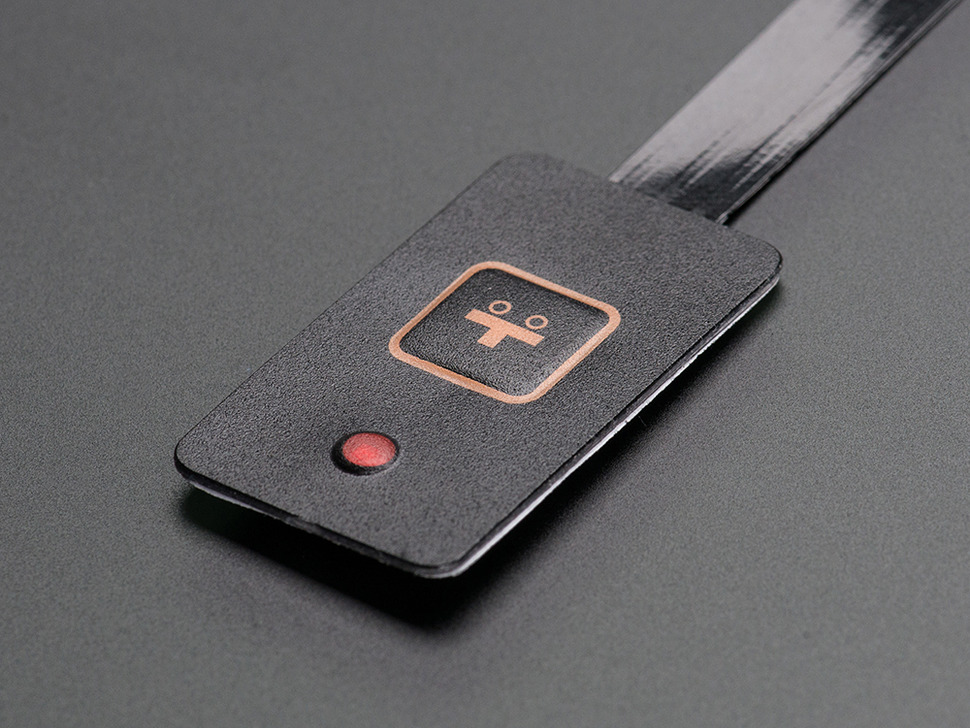Why Membrane Switches are Ideal for Durability and Performance
Why Membrane Switches are Ideal for Durability and Performance
Blog Article
Understanding Membrane Layer Changes: The Trick to Reputable and resilient Controls
What Are Membrane Switches?
Membrane layer switches are a sophisticated solution in the world of individual interface innovation, incorporating capability and layout seamlessly. These gadgets function as a user interface between individuals and digital systems, incorporating several parts into a portable layout. Usually created from versatile, thin layers of materials, membrane layer buttons are developed to react to touch, enabling users to connect with machinery and digital tools properly.
The key aspects of a membrane layer switch consist of a printed circuit layer, graphic overlay, and a spacer layer that protects against unplanned activation. The graphic overlay can be customized to reflect brand name identity or individual choices, improving visual appeals while guaranteeing functionality. Membrane layer switches are generally made use of in various applications, consisting of medical gadgets, customer electronics, and commercial devices, owing to their toughness and resistance to ecological elements such as wetness and dirt.
One of the crucial benefits of membrane buttons is their ability to stand up to wear and tear, making them optimal for high-traffic atmospheres. Additionally, they are lightweight and need marginal area, enabling innovative styles in item growth. Overall, membrane layer switches represent a effective and functional selection for modern-day digital interfaces, marrying technology with user-centric design concepts.
How Membrane Switches Over Work
The procedure of membrane changes hinges on a straightforward yet effective mechanism that equates customer input right into digital signals. When an individual presses the button, the leading layer flaws, enabling a conductive aspect in the circuit layer to make call with a corresponding conductive pad on the underside of the visuals overlay.
The design of membrane switches can differ, but they frequently integrate domes or tactile aspects to provide comments to the user, improving the overall experience - membrane switch. The materials utilized in membrane layer switches, such as polyester or polycarbonate, add to their durability and resistance to ecological factors, consisting of moisture and dirt. The printed circuits are commonly enveloped, which shields them from wear and tear over time.
Benefits of Membrane Switches

Furthermore, membrane buttons are understood for their durability. Constructed from robust products, they are immune to dust, moisture, and physical wear, which significantly extends their life-span compared to traditional mechanical buttons. This sturdiness makes them particularly suitable for high-traffic environments and applications requiring long life.
An additional considerable benefit is the ease of cleaning and upkeep. The smooth surface area of membrane layer switches over reduces dirt build-up and is typically invulnerable to spills, making them excellent for settings that require regular sanitization.
Moreover, membrane buttons supply a streamlined account, resulting in a thinner style that can be incorporated right into various tools without including mass. This feature not only enhances the visual allure however likewise adds to an extra ergonomic item layout.
Applications of Membrane Layer Switches
Versatile and user-friendly, membrane buttons find applications across a wide variety of industries, including clinical devices, consumer electronics, and industrial devices. In the medical field, these switches are essential to devices such as analysis devices, client surveillance systems, and infusion pumps, where reliability and simplicity of cleaning are crucial. Their capability to keep and stand up to severe environments capability makes them excellent for such applications.

In consumer electronic devices, membrane buttons are utilized in items like microwaves, cleaning machines, and push-button controls - membrane switch. Their streamlined layout allows for user-friendly customer interfaces, improving the general customer experience while offering toughness and resistance to tear and use
Commercial tools likewise profits from membrane switches, especially in control panels for machinery and automation systems. These buttons supply protection versus dirt and moisture, making sure consistent performance in tough atmospheres. Their adjustable attributes enable producers to customize them to details operational needs, improving efficiency and capability.
Choosing the Right Membrane Change
When selecting a membrane layer button, explanation it is necessary to take Website into consideration various elements that affect performance and viability for details applications. The primary factors to consider include ecological problems, tactile feedback, toughness, and design requirements.
First, examine the operating atmosphere; buttons subjected to dampness, chemicals, or severe temperatures need details materials to guarantee longevity and performance. Next, examine the requirement for responsive comments. Depending on individual interaction, some applications may profit from a responsive reaction to validate activation, while others may choose a non-tactile style for aesthetic factors.
Sturdiness is an additional critical aspect; membrane buttons must be developed to endure constant usage, impacts, and abrasion. Make certain the selected button can sustain the expected lifecycle, particularly in high-usage circumstances.

Final Thought
In final thought, membrane switches serve as necessary parts in the layout of dependable and durable control systems throughout numerous sectors. The convenience of membrane switches over allows for customized remedies that meet specific operational requirements, enhancing their importance in contemporary technology.
Membrane switches stand for an important facet of modern user interface style, blending performance with durability in numerous applications.Membrane layer switches are a sophisticated option in the realm of customer interface modern technology, combining functionality and layout flawlessly. Commonly built from versatile, slim layers of products, membrane buttons are designed to react to touch, allowing customers to interact with equipment and electronic devices effectively.
The design of membrane switches can differ, but they frequently integrate domes or tactile elements to offer feedback to the individual, boosting the total experience.In conclusion, membrane changes offer as important elements in the layout of resilient and trustworthy control systems across various sectors.
Report this page